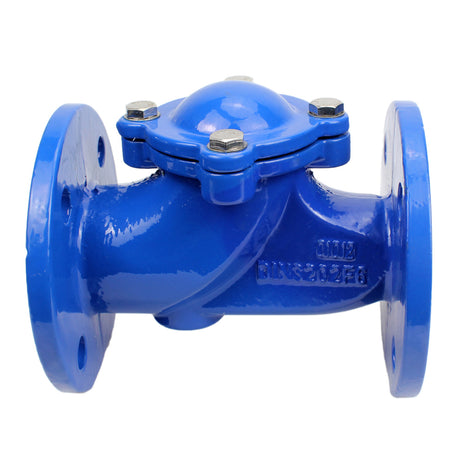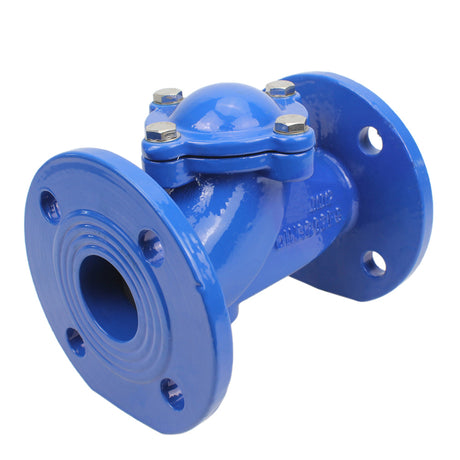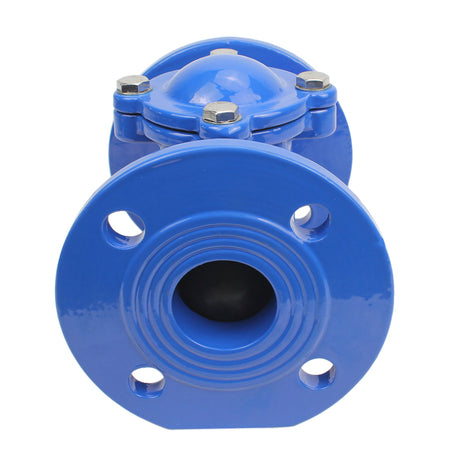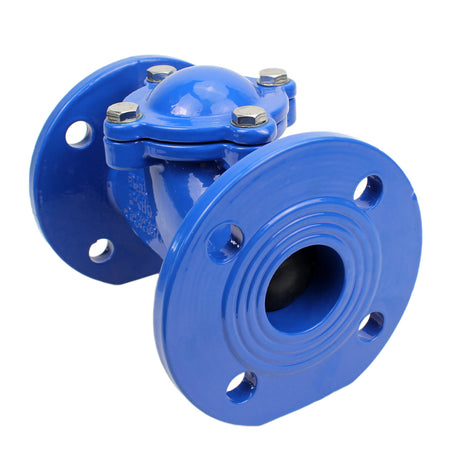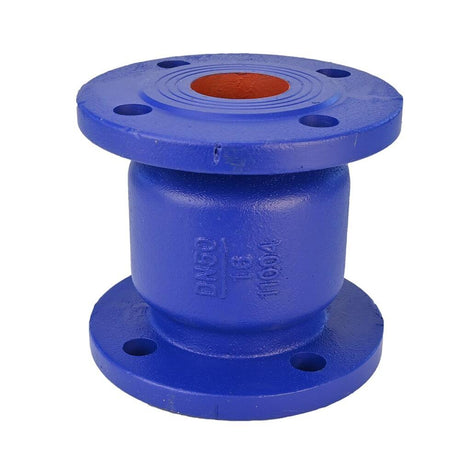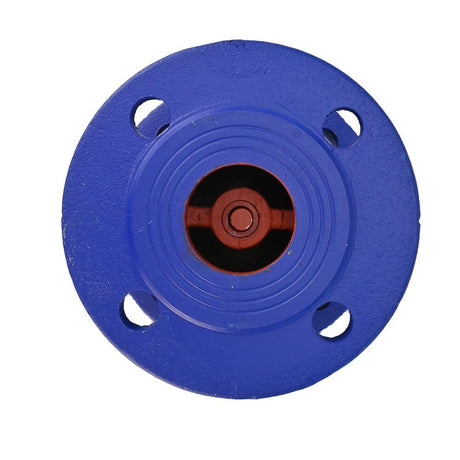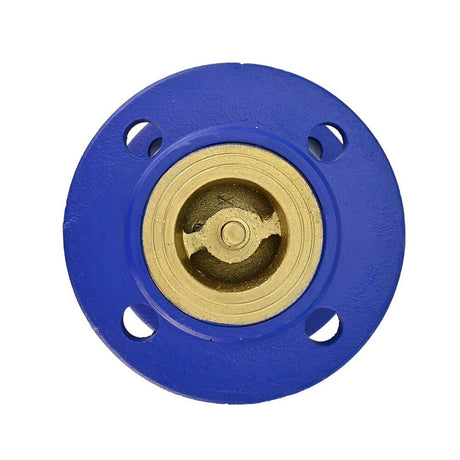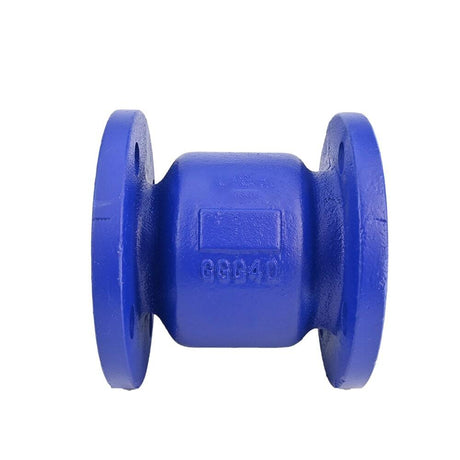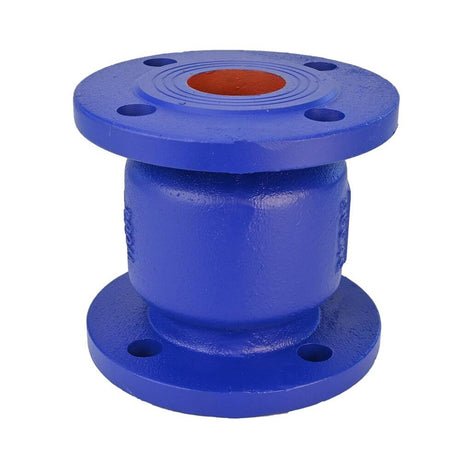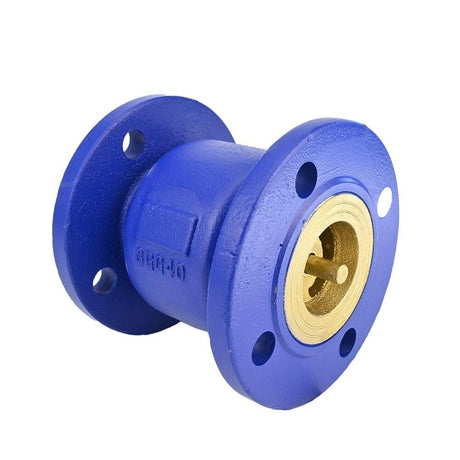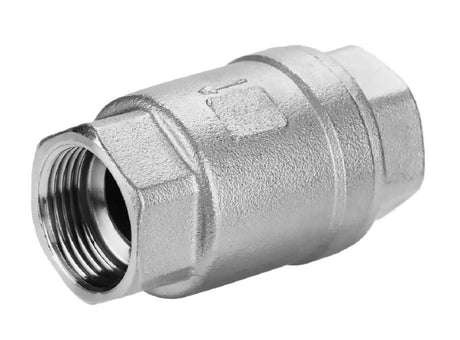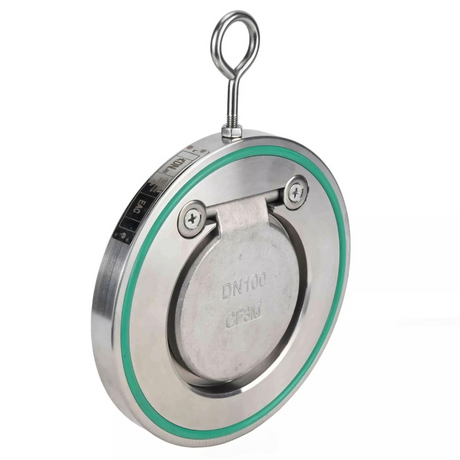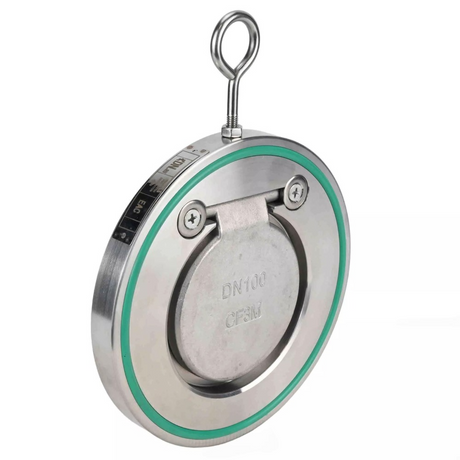Elephant
From €4,00Unit price /UnavailableIn stock (208 units)Elephant
From €3,00Unit price /UnavailableIn stock (215 units)Elephant
From €9,00Unit price /UnavailableIn stock (33 units)Elephant
From €38,00Unit price /UnavailableIn stock (30 units)Elephant
From €16,00Unit price /UnavailableIn stock (297 units)Elephant
From €68,00Unit price /UnavailableIn stock (352 units)Elephant
From €873,00Unit price /UnavailableIn stock (429 units)Elephant
Spring check valve Elephant 402A PSI232 body material - cast iron GGG50, flanged
From €93,00Unit price /UnavailableIn stock (506 units)Elephant
From €36,00Unit price /UnavailableIn stock (583 units)Elephant
From €127,00Unit price /UnavailableIn stock (264 units)Elephant
From €19,00Unit price /UnavailableIn stock (858 units)Elephant
From €18,00Unit price /UnavailableIn stock (748 units)Elephant
From €14,00Unit price /UnavailableIn stock (748 units)Elephant
From €27,00Unit price /UnavailableIn stock (1034 units)Elephant
From €27,00Unit price /UnavailableIn stock (1034 units)Elephant
From €15,70Unit price /UnavailableIn stock (671 units)Elephant
From €22,01Unit price /UnavailableIn stock (671 units)
Check Valves: Essential Components for One-Way Flow Control
Check valves, also known as non-return valves, are vital components in industrial and HVAC systems. They ensure fluid flows in one direction while preventing backflow, protecting equipment, and maintaining system integrity. From domestic plumbing to complex industrial operations, check valves are indispensable for system protection and process control.
Working Principle and Design Features
Check valves rely on a straightforward yet effective mechanism. Key components include the valve body, disc, spring, and guide system. When fluid flows in the intended direction, the valve opens automatically, allowing unimpeded passage. Upon flow cessation or pressure reversal, the valve closes automatically, preventing backflow.
This simple design is both cost-effective and dependable, providing engineers and installers with a reliable solution for protecting equipment and maintaining system performance.
Types and Applications
Available Check Valve Types:
- Spring Check Valves – Ideal for horizontal and vertical installations.
- Swing Check Valves – Designed for low-pressure applications.
- Piston Check Valves – Suitable for high-pressure systems.
- Wafer Pattern Check Valves – Compact design for space-saving installations.
- Ball Check Valves – Simple and reliable operation.
Common Applications:
- HVAC systems and thermal control
- Power generation facilities
- Chemical processing plants
- Water treatment systems
- Hydraulic and pneumatic systems
Material Selection and Compatibility
Choose the right material for your system:
- Brass Check Valves – General-purpose applications.
- Carbon Steel Variants – Ideal for industrial use.
- Bronze Options – Designed for specific chemical compatibility.
- PVC Check Valves – Corrosion-resistant and lightweight.
- Stainless Steel – Excellent for demanding environments.
Installation and Operation Guidelines
For optimal performance, keep these factors in mind:
- Flow Direction: Follow the arrow on the valve housing.
- Cracking Pressure: Ensure it meets system requirements.
- Operating Temperature Range: Verify compatibility with your system.
- Installation Orientation: Suitable for horizontal or vertical setups.
- System Pressure Conditions: Confirm system parameters align with valve specifications.
Advanced Features and Options
Our check valves are equipped with advanced features to meet diverse needs:
- Silent operation for noise-sensitive environments.
- Integral spring assistance for improved performance.
- Manual override capabilities for enhanced control.
- Multiple end connection options: flanged, threaded, or wafer.
- WRAS approval for potable water systems.
Frequently Asked Questions
What is the primary function of a check valve?
What is the primary function of a check valve?
Can check valves be installed vertically?
Can check valves be installed vertically?
What is cracking pressure?
What is cracking pressure?
How do I select the right check valve?
How do I select the right check valve?
Are check valves suitable for high-pressure applications?
Are check valves suitable for high-pressure applications?



































